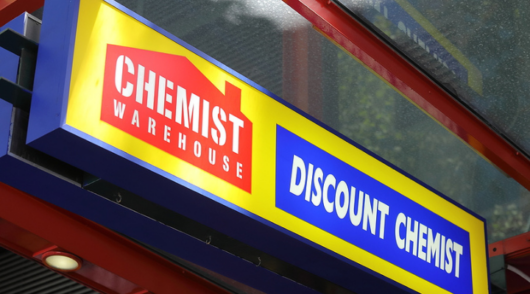The fundamental basics of retail lie in responding to consumer demand – put simply, providing everyday people with opportunities to buy the things they need and want.
Whether it’s online or offline, as long as the shopping experience is friction-free, most shoppers end up happy and retailers end up winning their business. Needless to say, this is not always what happens. Many consumers report that there are specific aspects of their purchase journey that cause them varying levels of frustration – and in many cases, those consumers simply give up rather than put up with the annoyance.
There’s always room for retailers to improve, regardless of the channels they’re selling on. With this in mind, Inside Retail has teamed up with multi-channel, multi-carrier e-commerce shipping solution provider ShipStation to release a new report identifying key areas in which savvy retailers can increase conversion and retention to build a competitive advantage – simply by attending to those customer pain points and easing the path forward. Each of these areas deal with the more mundane elements of the customer journey that many retailers overlook in pursuit of grand plays and high-profile campaigns. The report shows that investment into resolving these issues results in better customer experiences and higher sales volume.
Entitled Beyond the Basics, this new report analyses four key shopper experiences to show what changes will drive sales and keep customers engaged – focusing on online checkouts, mobile commerce, social commerce and insights into product delivery. For each of these experiences, it identifies specific situational problems that customers face and asks how smart retailers can apply fixes to smooth out the weaker elements of their offering.
In the first instance, Beyond the Basics highlights three distinct areas of consumer dissatisfaction with online checkouts – the tediousness of the process, the common problems users have with data fields, and the unpleasant surprise when high delivery costs are not revealed until the end of the checkout process.
According to the research, 47 per cent of online shoppers estimate their online checkout experience typically takes longer than three minutes, which is a major cause of cart abandonment (35 per cent of consumers give up their purchases after two minutes of trying to checkout). This is a problem that can be readily resolved with autocomplete technologies that simplify the checkout process and spare shoppers from time-consuming data entry – for example, the frustrating process of keying in numbers from a credit card. More than a third of shoppers agree that an autocomplete solution can speed up their checkouts, and 30 per cent feel that it reduces the chance of typos (which can obviously cause enormous issues with incorrect delivery addresses).
Similarly, online stores that reveal shipping fees as early in the checkout process as possible can address a major cause of cart abandonment. Data shows that 86 per cent of customers terminate the purchase when shipping costs are withheld too long in the process. Many of these blame the retailer for wasting their time and will be much less inclined to return in the future.
The report also addresses consumer preferences for shopping via smartphones. Recent figures show that shopping via mobile phone is now common among all age brackets, including traditionally tech-shy Baby Boomers. In every category surveyed in the report, mobile phone use dominates the online shopping field, highlighting the need for retailers’ mobile content and functions to be provided in ways that can easily be paused and then resumed at a later time, in keeping with consumers’ smartphone use habits.
Beyond the Basics also looks at the use of AR applications for mobile e-commerce, finding that merely providing an AR-enabled app is no guarantee of success. Retailers aiming to attract higher sales volumes via cutting-edge AR technologies need to demonstrate the benefits AR can bring to their customers and make those benefits easy to access in order to attract the attention of users less compelled or attracted by the feature.
Some of the report’s key findings relate to delivery cost/timing trade-offs in e-commerce. While shoppers’ delivery choices may sometimes seem a simple matter of price versus speed, there are multiple potential factors that can impact delivery choices, some of which also impact consumers’ choice of retailer – factors such as sustainability measures (e.g. carbon offset delivery) to whether or not return labels are included. For many shoppers, reliable delivery is actually more important than speed or cost – while on the other hand, speed is becoming a more competitive dynamic, with some retailers forcing speed to become a key point of difference.
Beyond the Basics covers these key retail insights and more, providing a range of supporting evidence and encouraging retailers to leverage the clear opportunities outlined in the research. To read the entire report, click here.







